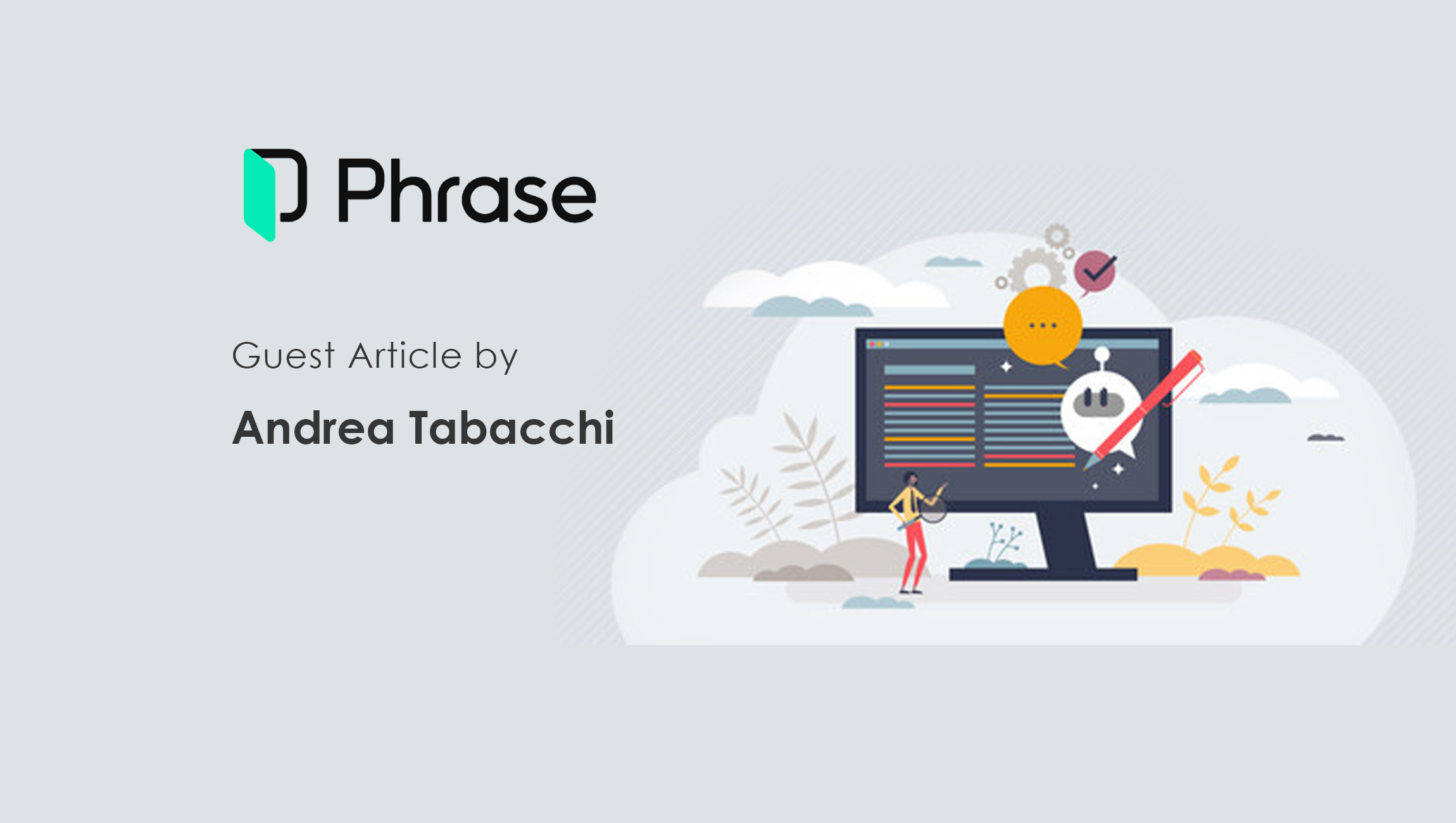Marketers who have spent any time in content marketing discussion forums have likely seen debates over the future role of AI in creating and localizing marketing content and communications. This conflict often pits technologists, who believe language is a problem to which engineering can provide comprehensive solutions, against writers and linguists, who argue that machines can at best partially grasp the nuances of language.
In a sense, both camps are right. AI will play an increasingly important role in marketing programs, especially those that extend across multilingual markets. But it will not replicate the highest level of sophistication of human writers. This leaves marketers with an equation to solve: where does it make sense to rely on AI-created content and machine translation, and when is human writing and translation necessary?
Here are three strategies marketers can rely on to capitalize on the efficiency of AI and machine learning while recruiting human help when necessary.
Marketing Technology News: MarTech Interview with Nikki (Cassidy) Stone, Executive Vice President, Managing Director at Zenith
Focus humans on what matters most, and use machines to scale
Machine translation critics are correct that professional human translators will capture the nuances of a local language and culture more deftly than machines on average. Companies can incorporate this insight into their content strategy by using machines to scale while tapping humans for high-traffic and high-value content.
For example, an apparel retailer might discover that, though they create descriptions for all of their items, site visitors only click through to descriptions on about 10% of their items. This is a case in which the retailer can use humans to create and localize content for high-traffic descriptions while leaving the other 90% to machines. This strategy exponentially reduces costs and time to market, and many companies rely on it today.
Engineer feedback loops to identify the need for human talent
The primary caveat with relying on machine translation and content creation is that machines will occasionally get things wrong or fail to account for cultural or semantic nuances. Companies can solve this by engineering feedback loops to quickly identify the need for human talent and rectify potentially costly errors.
For example, consider the case of the apparel retailer relying on machines for 90% of its item descriptions. Let’s say a viral trend including cardigans emerges, and its cardigans, which usually do not generate item description click-throughs, start attracting outsize attention. If item descriptions were faulty, the brand could be put in a disadvantageous position.
By putting systems in place to elicit customer feedback or detect a high bounce rate, the company can bring in human writers and translators to boost the page’s quality when needed. Even better, by proactively detecting significant jumps in page rankings, the company can deploy human experts to shore up a page’s quality before audiences encounter a potential shortcoming.
Setting up these systems allows businesses to capitalize on the efficiency of machine content creation and translation while limiting risk.
Marketing Technology News: Mobile Marketing Trends to Watch in 2023
Use AI-driven content as a strategic growth enabler
Many companies, especially executives at those companies, have historically viewed content like product descriptions and machine translation as a logistical need or tax, not a strategic growth driver. But with the maturation of AI-driven content creation and translation, executives should shift their thinking. The ability to create and translate content fast at scale can be a competitive differentiator, especially for international enterprises.
Customers will not buy if they cannot read about products or experience marketing campaigns in their language. If a delivery or ride-hailing app wants to expand to new markets faster than its rivals, fast, accurate, and localized content creation and translation is not a tax; it’s an opportunity to build relationships with new customers faster than competitors and gain lasting market share.
Plus, AI can now integrate with the translation data that companies build up over time. This can lead to better translation outcomes as the AI is leveraging the companies’ own specific data. Additionally, whilst in the past companies would completely outsource translation to one agency, increasingly, the trend is for companies to work with a range of agencies whilst retaining their translation data in-house. The agencies can leverage that data and provide the human or AI elements the company needs, but the company maintains its core translation data as its own IP. This allows them to create and localize future content faster, save money, and scale; whilst maintaining relationships with the best agencies that best serve their requirements for the long term. Ultimately, owning translation data will enable enterprises to customize machine learning models for both content processing and generation.
Globalization is a growth enabler, and content generation and translation are key to that growth. No business should miss out on that because creating and localizing their content is too much to manage.











